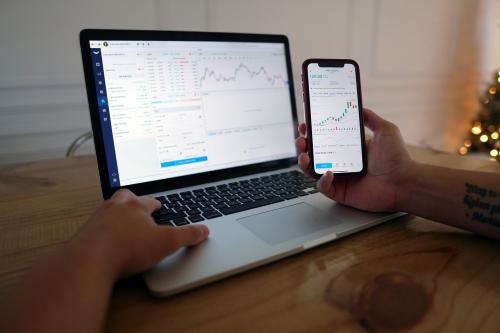What tips would you give companies when it comes to ESG communications?
Abigail Herron (AH): The biggest oversight we see is the mistake of thinking reporting equals investor relations [IR]. Reporting and disclosure is a foundation activity. IR teams from mature, multi-national corporations must be able to talk a degree of ESG. We see great benefits when the IR team is well connected to the company secretary, not just around proxy voting and the AGM season, although it’s not always a given.
Investors communicate on ESG matters with both the board and management and may use multiple channels into the business to make their views clear. If IR and the corporate secretary aren’t talking, IR is missing a vital piece of the institutional investor picture. Increasingly, governance engagement and research is on ESG, not just governance and remuneration. IR must connect the dots to ensure it has the whole picture of the market.
What do you look for in an annual report?
AH: The following are some of what we look for and, while most of the points seem obvious, it’s amazing how few companies manage to achieve them:
- First and foremost, reporting on the basis of the Financial Stability Board’s Taskforce for Climate Related Finance Disclosure guidelines
- Identify the ESG issues you feel are material to the company. Less is more. Justify your choices and relate them to the health of the business as a whole
- Integrate your reporting of ESG issues into the main narrative text in the annual report and accounts. A simple example might be a power company reporting its emissions intensity alongside Ebitda
- Create relevant KPIs to track your key impacts and, once you have acceptable baseline data, establish targets that are stretching but achievable
- Integrate these targets into the executive annual bonus scheme, at least at a meaningful percentage (in other words, not less than 10 percent)
- Report on your progress against targets as time goes by. Design KPIs so that they are stuck with for five years, minimum
- No platitudinous policy statements, woolly feel-good narrative or otherwise self-congratulatory assertions that can’t be backed up by evidence.
What do you believe makes for a successful investor event?
AH: A successful investor event brings the company’s story to life for the investor. IR should own all investor engagement, including ESG.
IR can and should use the corporate responsibility department as experts to help shape meetings and also talk to brokers and advisers who help other companies shape these types of meetings – lots of companies are doing them. The meeting content and speakers must have a clear link to current business strategy and performance and shouldn’t feel like a sustainability or governance bubble.
Site visits are becoming increasingly popular. I’ve visited sites as diverse as a palm oil plantation and a carpet factory and always come away with a richer understanding of the company and the risks and opportunities it faces.
This article appeared in the fall 2017 issue of Corporate Secretary sister publication IR Magazine








